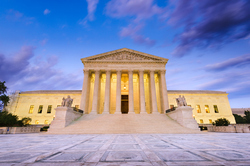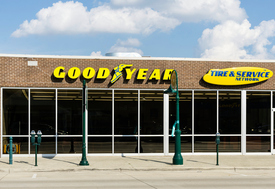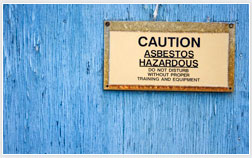 Asbestos cancer victims recently won a huge victory after a California Appeals Court upheld a significant, $5.8 million verdict on their behalf after the defendants attempted to skirt responsibility by appealing the case. Fortunately, judges for California’s Fifth District Court of Appeal sided with the three-plaintiffs, all surviving family members whose father developed mesothelioma after years of working with Bendix brake pads manufactured with deadly asbestos fibers.
Asbestos cancer victims recently won a huge victory after a California Appeals Court upheld a significant, $5.8 million verdict on their behalf after the defendants attempted to skirt responsibility by appealing the case. Fortunately, judges for California’s Fifth District Court of Appeal sided with the three-plaintiffs, all surviving family members whose father developed mesothelioma after years of working with Bendix brake pads manufactured with deadly asbestos fibers.
As is common in many asbestos cancer lawsuits, the defendants asserted many creative defenses as to why they should be immune from liability for the harm caused by the asbestos-tainted products they manufactured. The defendants attempted to create and appellate issue by claiming the verdict was “fatally inconsistent,” the trial court “erroneously refused” to give the defense’s proposed jury instruction on causation, and the trial court “erroneously admitted” prejudicial evidence.
Furthermore, the defense claimed the jury’s $3.5 million award for punitive damages should be tossed aside on the basis the plaintiffs failed to prove the defendants acted with the malice and wanton disregard for safety to warrant such an award. Fortunately for the plaintiffs, the Appeals Court balked at the defendant’s claims and upheld the jury’s award, finally giving the victims the compensation they deserved.
 Asbestos & Mesothelioma Law Blog
Asbestos & Mesothelioma Law Blog



 A group of military attorneys working at Guantanamo Bay prison recently
A group of military attorneys working at Guantanamo Bay prison recently 


 A recent report by Klamath Falls, Oregon-based
A recent report by Klamath Falls, Oregon-based 